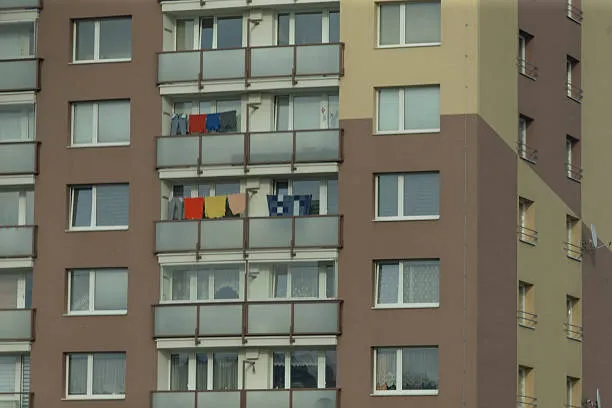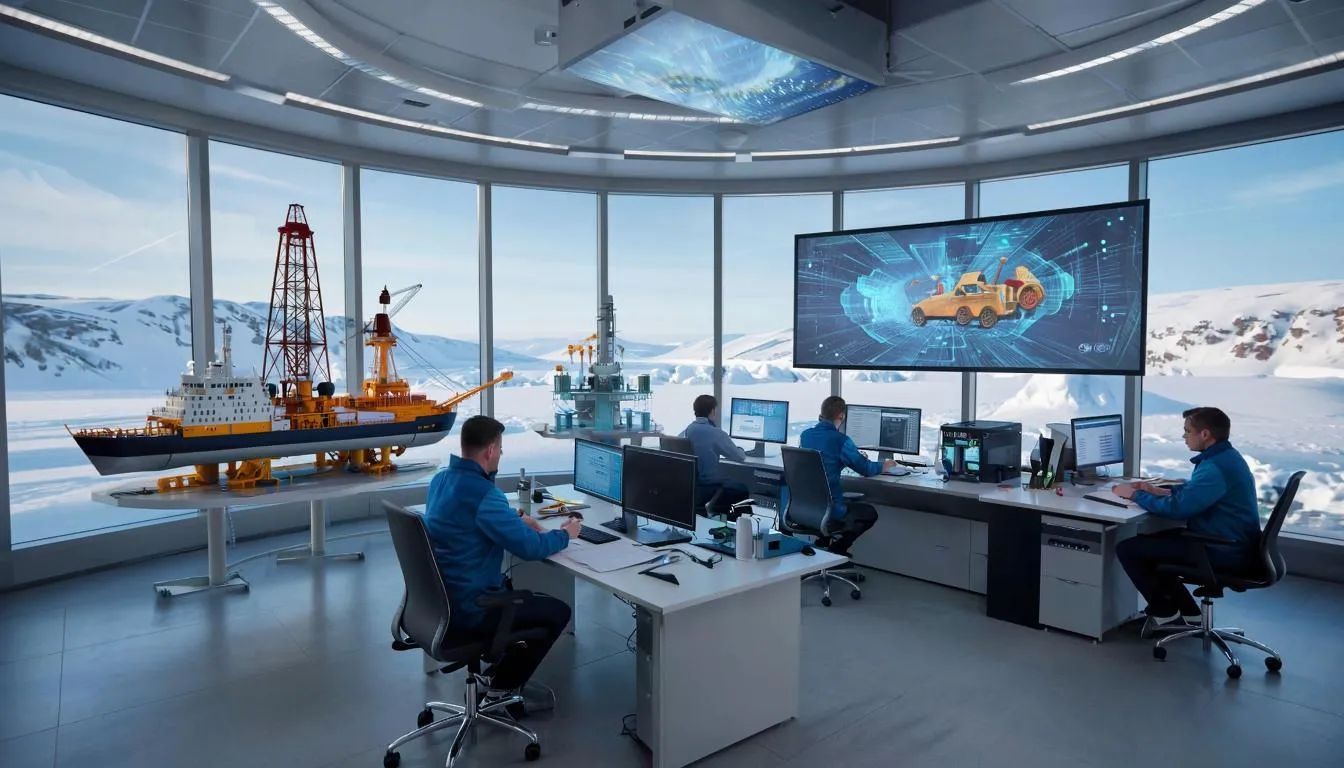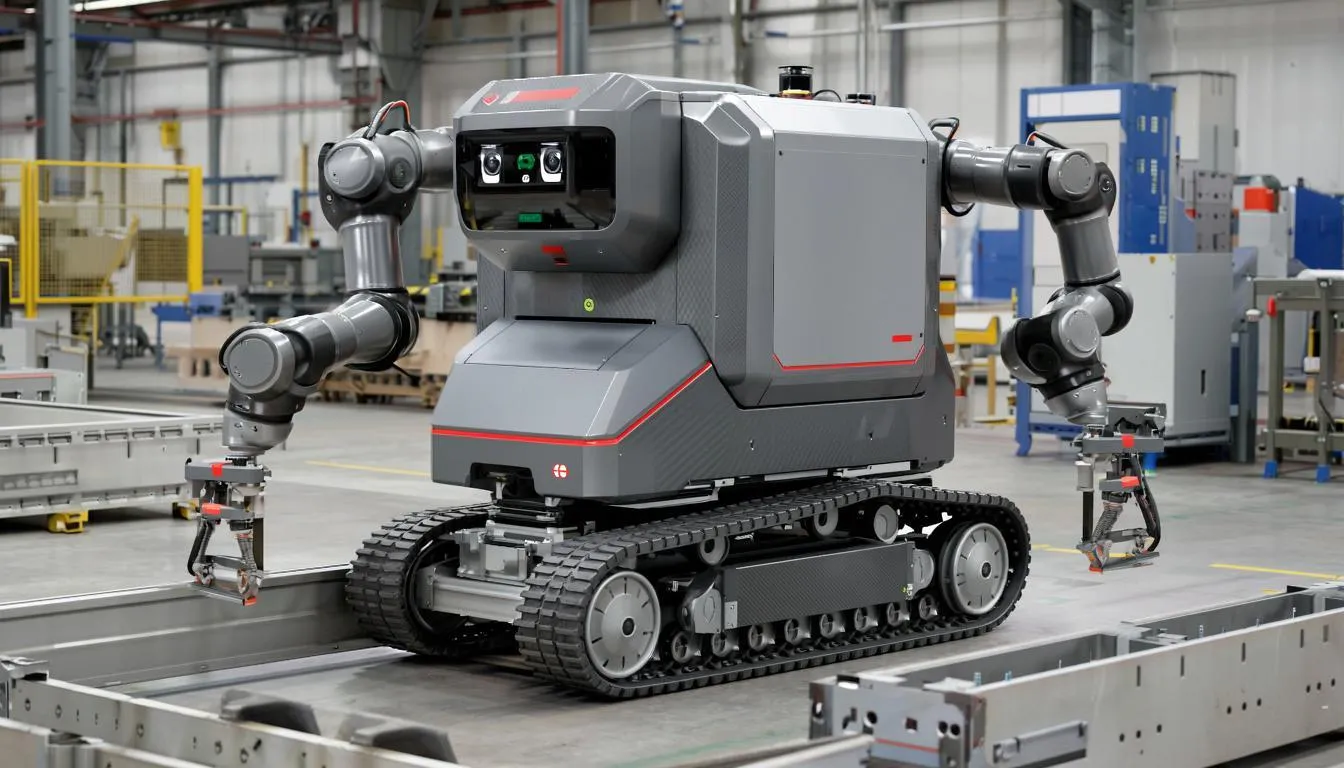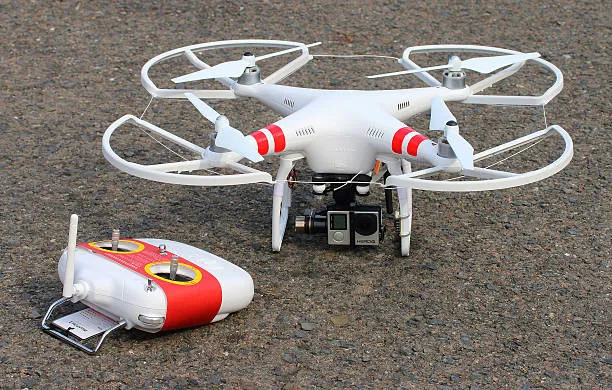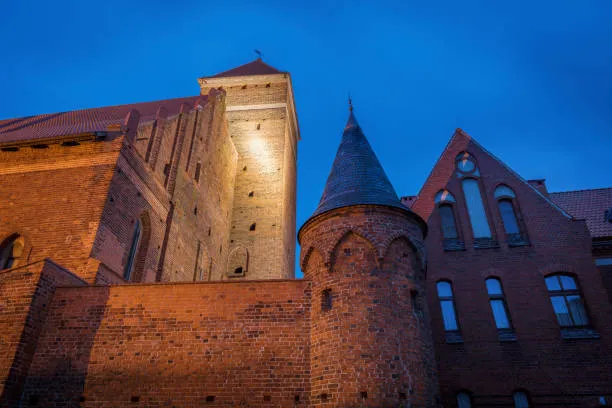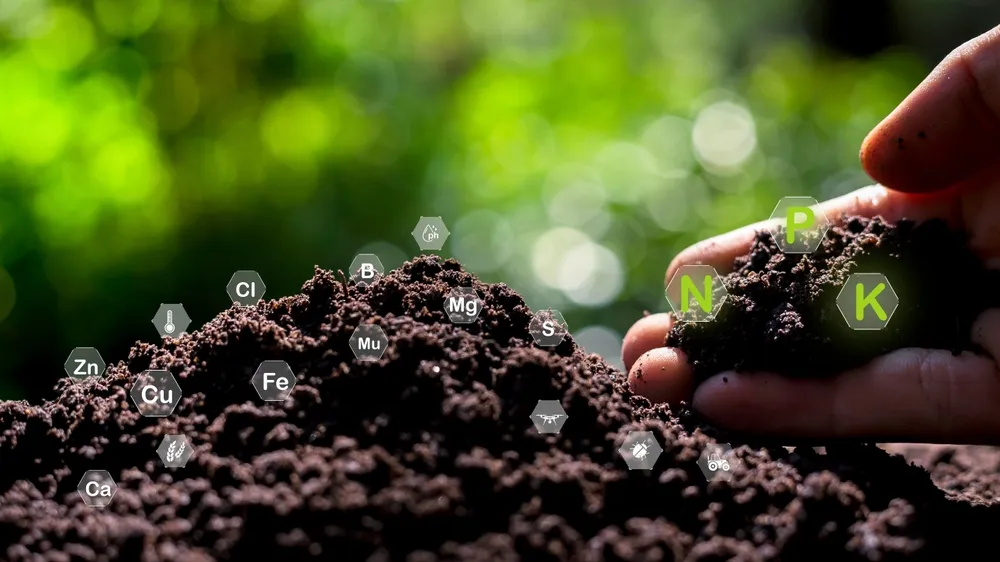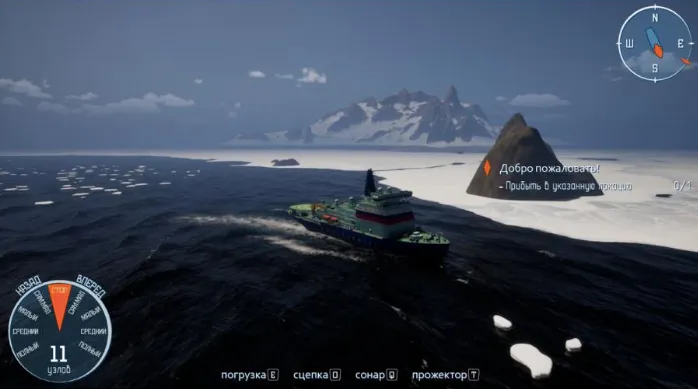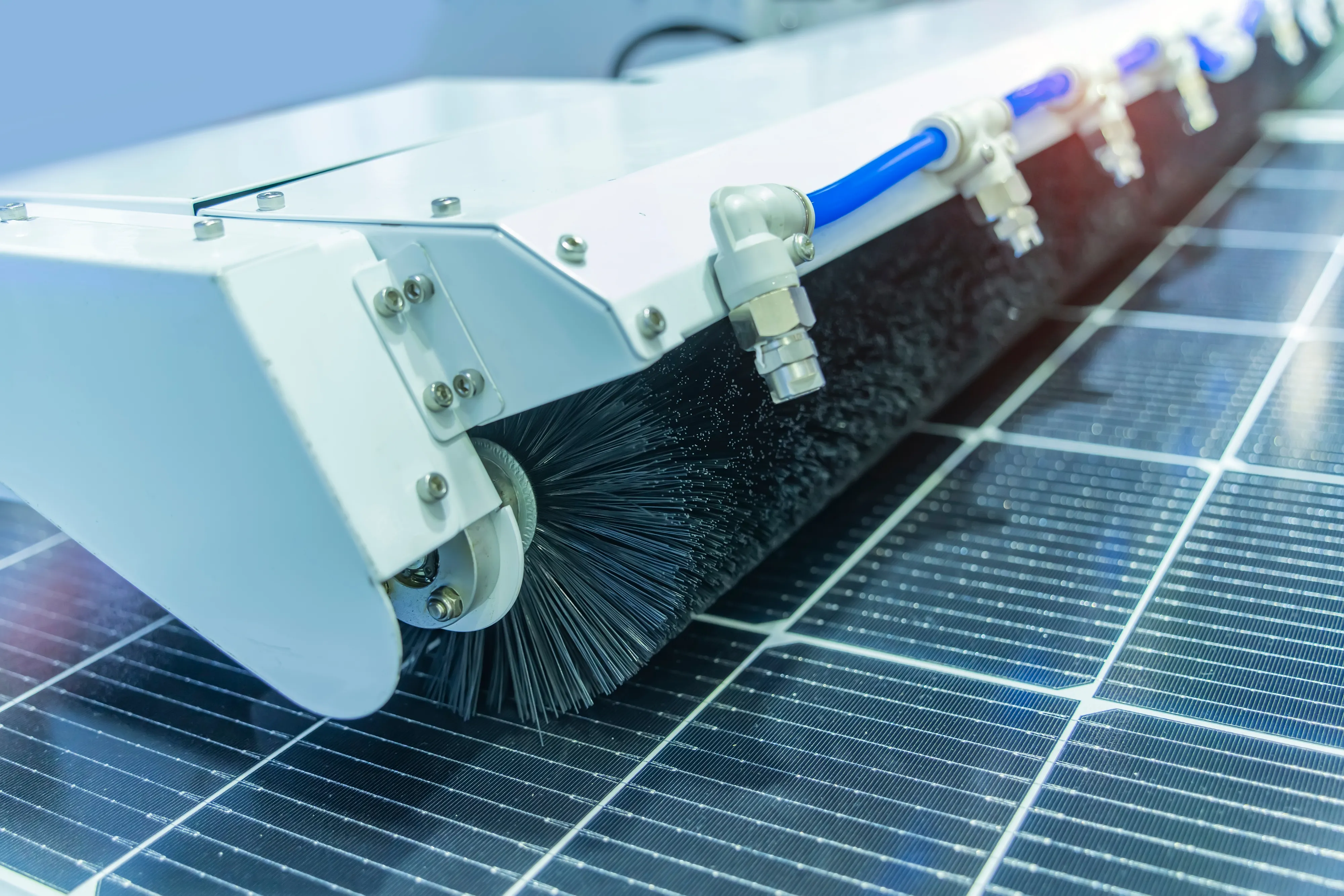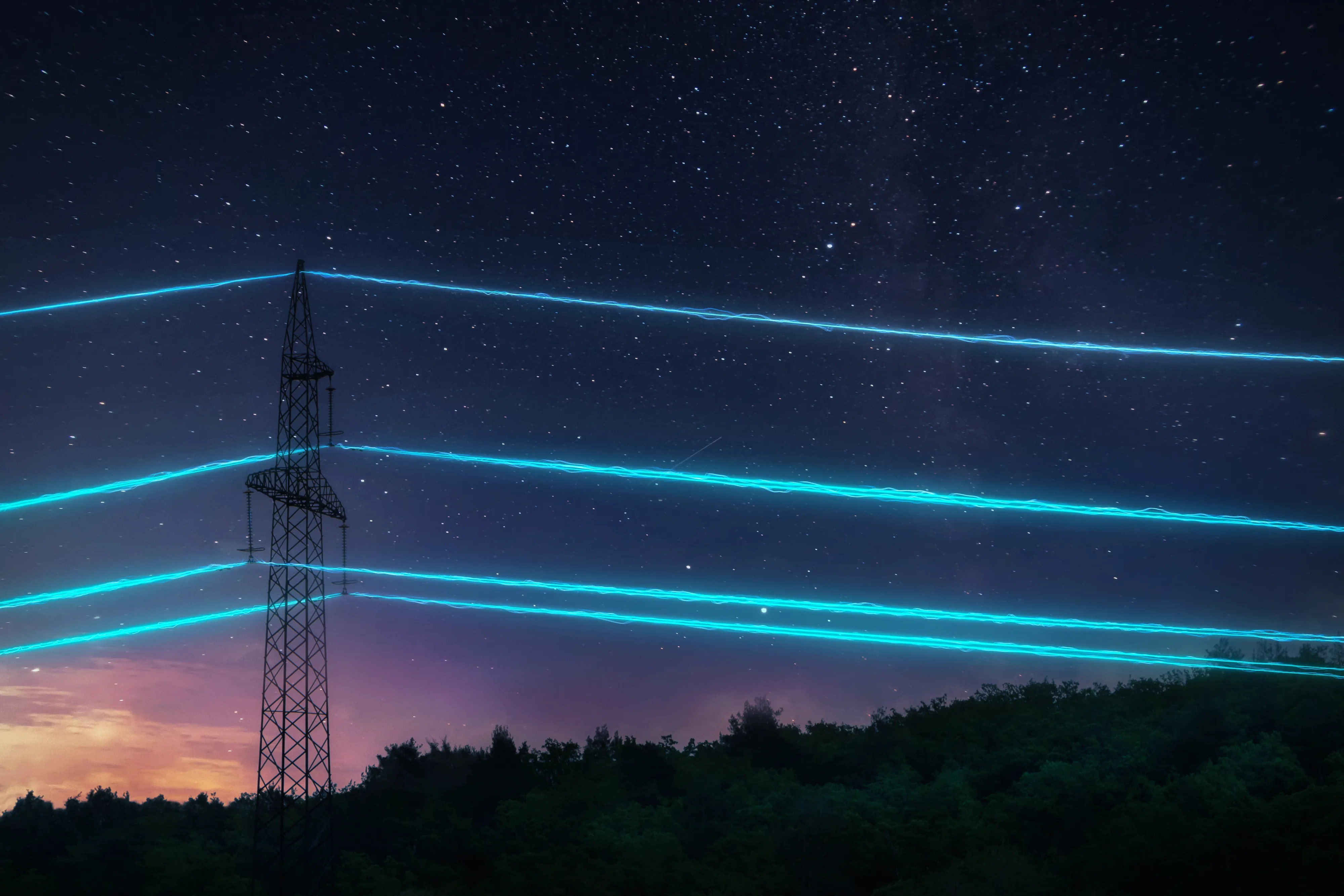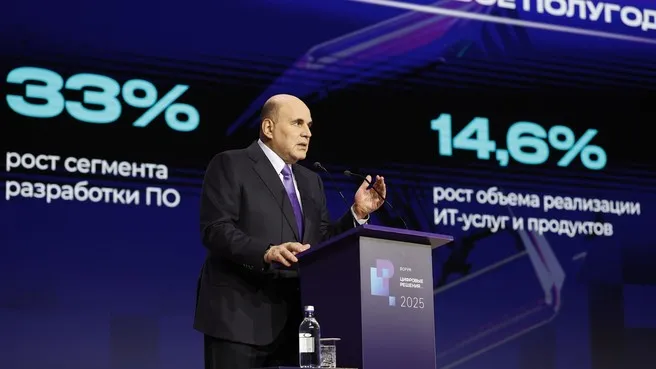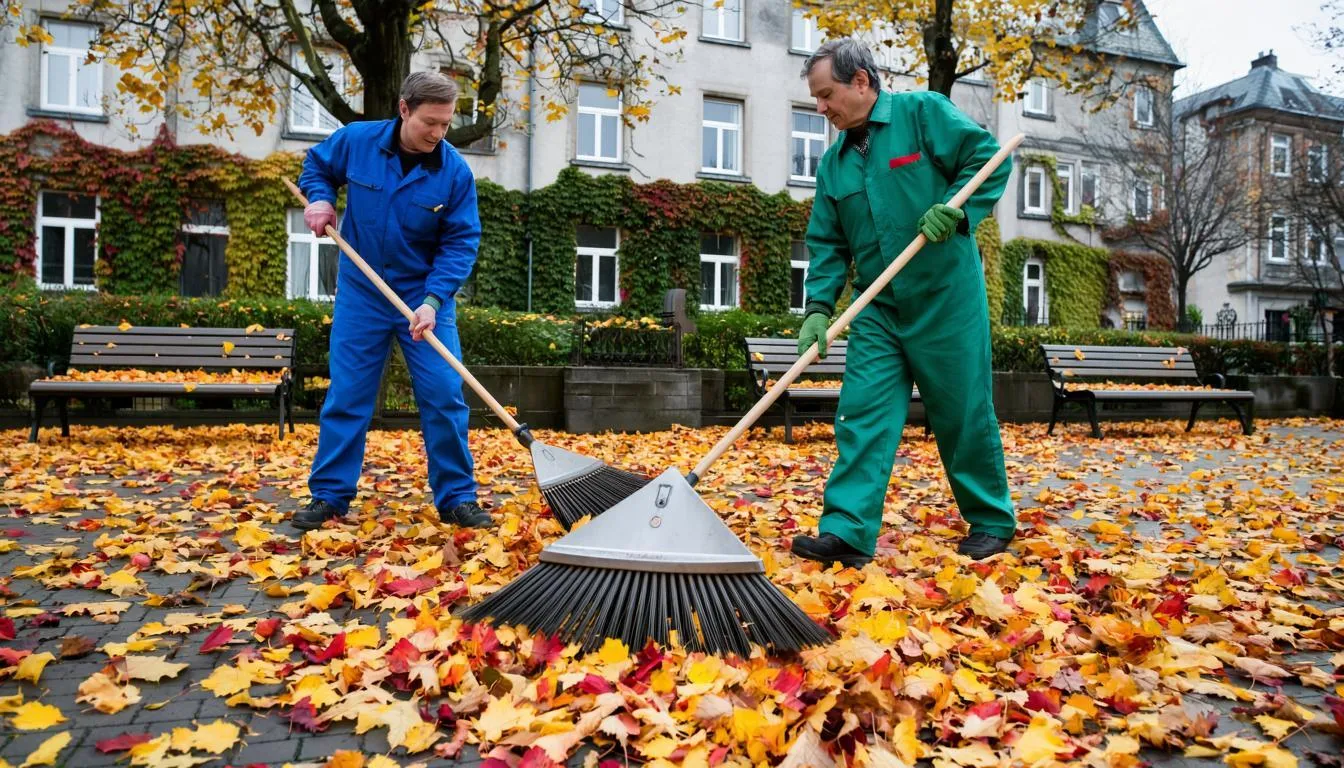Russia Has Taught Robots to Sort Radioactive Waste
A new Russian robotic system uses machine vision and radiation‑type analysis to sort radioactive waste with higher precision, improving both safety and efficiency in next‑generation nuclear infrastructure.
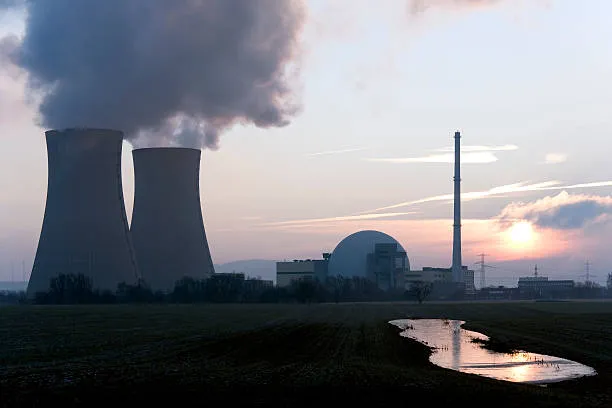
Machine Vision for Nuclear‑Grade Sorting
Russia is completing pilot‑industrial testing of a robotic complex designed for sorting solid radioactive waste, created to support new‑generation energy systems.
The installation combines technical vision with a robotic manipulator, automatically identifying both the morphology of waste items and their radiation characteristics. This enables more accurate distribution of fragments by type and directs them into proper processing streams.
Lower Costs, Higher Safety
The complex operates on a modular architecture and is controlled remotely. An operator monitors the process from a separate room, while the system sequentially analyzes each element, determining whether it contains alpha‑, beta‑, or gamma‑emitting radionuclides. Depending on the result, the waste is placed into different trays and then transferred into corresponding containers.
This approach reduces the volume of material requiring complex processing and cuts costs associated with nuclear waste handling.
A Safer Path Forward
The project is being implemented by the Central Research Institute of Robotics and Technical Cybernetics (TsNII RTK) together with the Bochvar Institute, where the system has been tested on simulators and real samples. Engineers have already prepared proposals for modernization: the updated version will be more compact and more capable.
Advancing such technologies makes work with radioactive materials more predictable and significantly safer.



